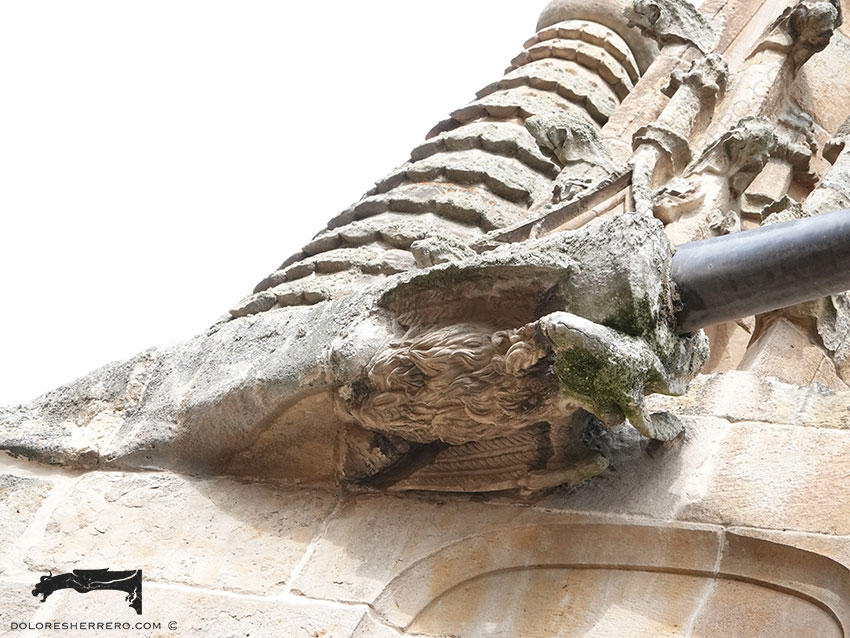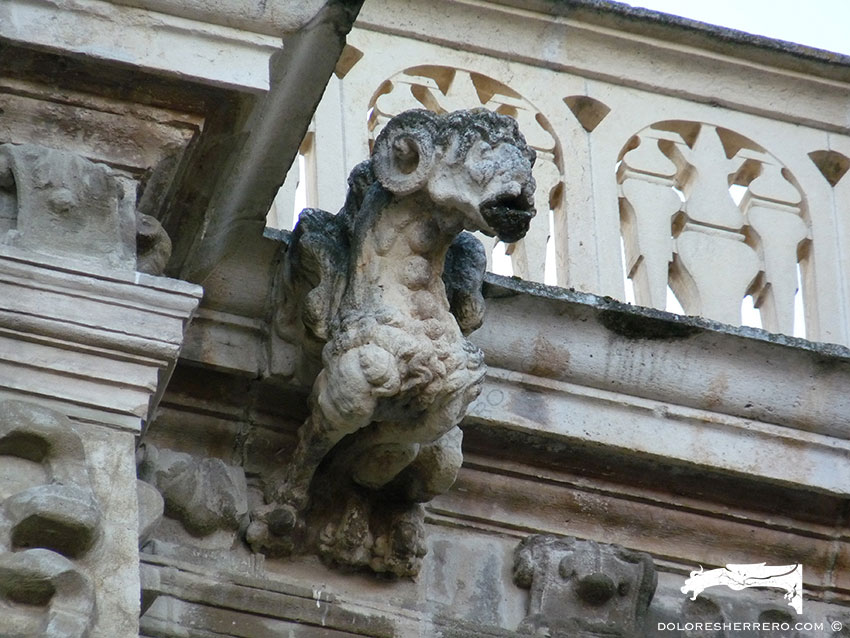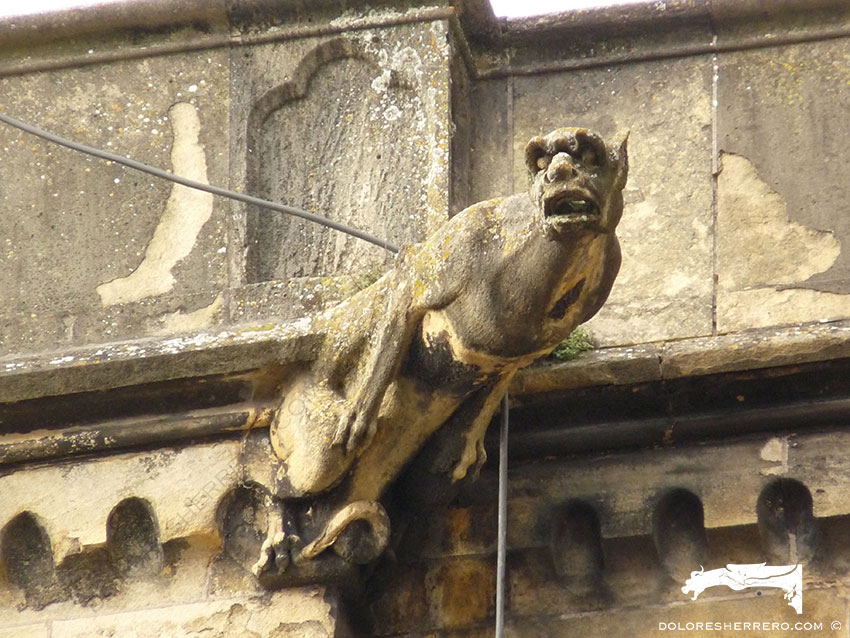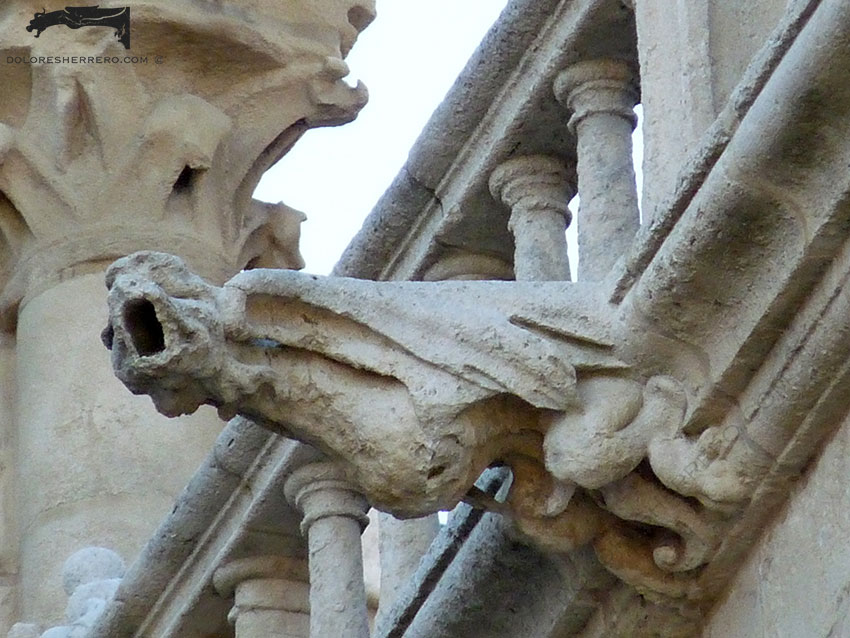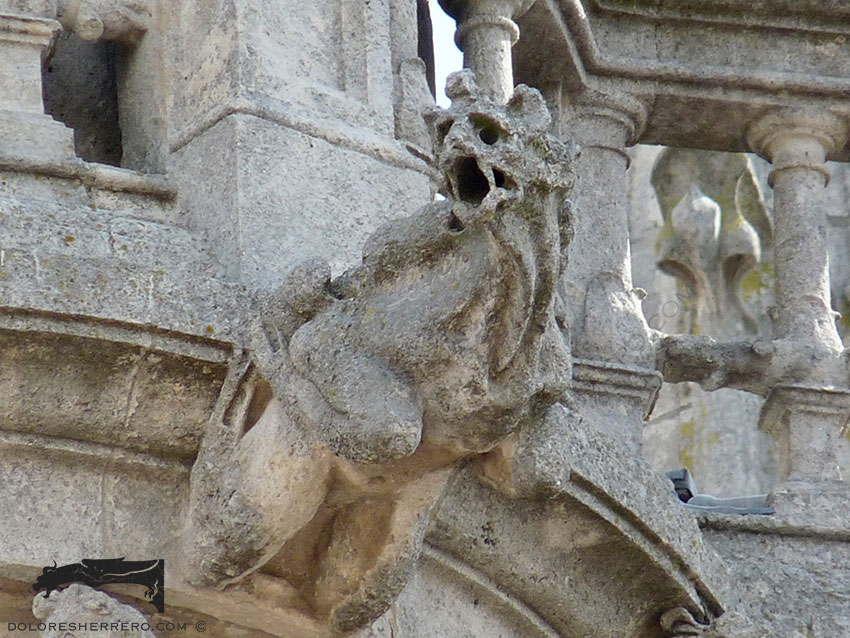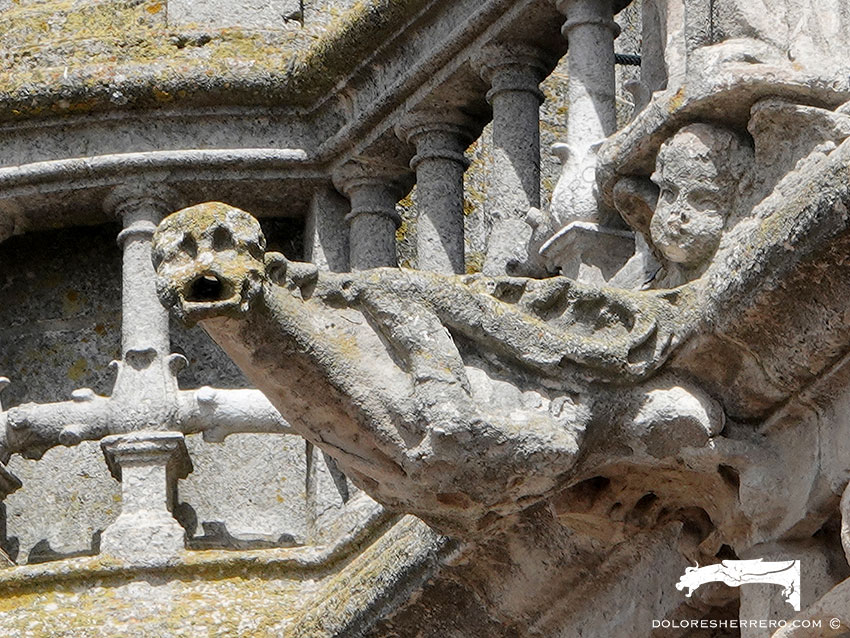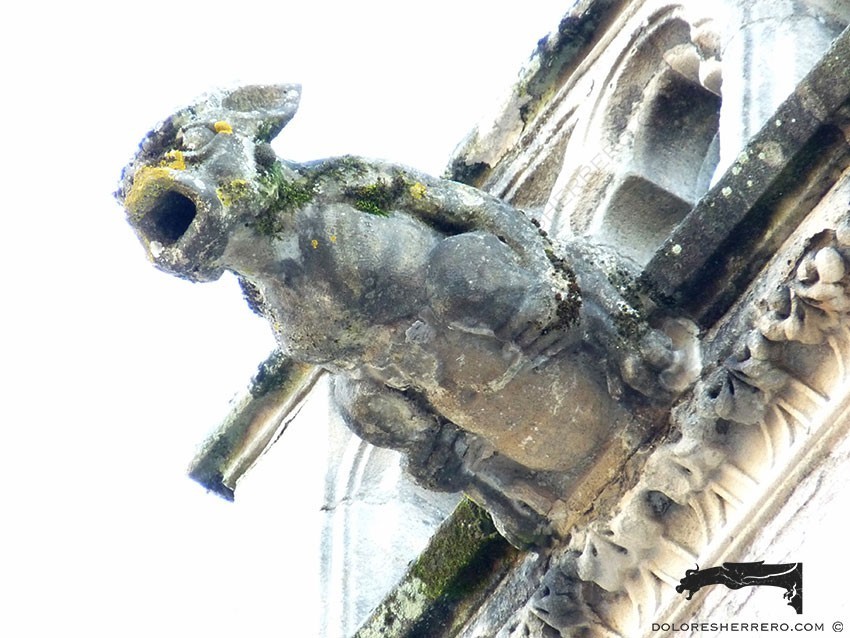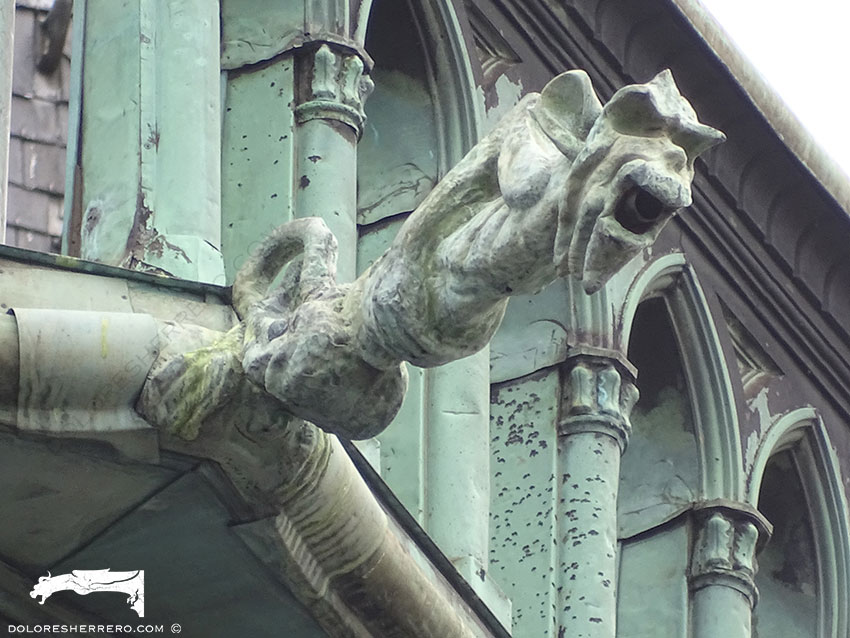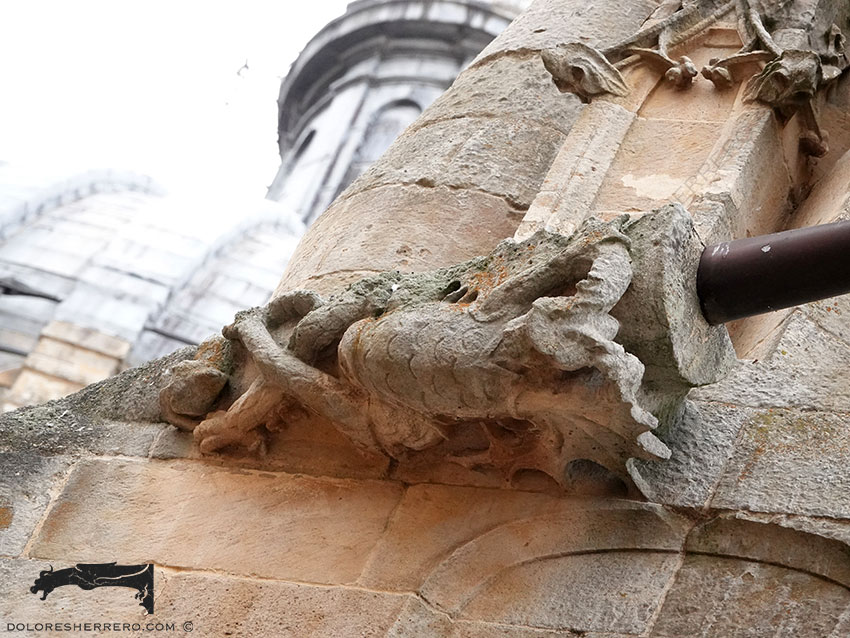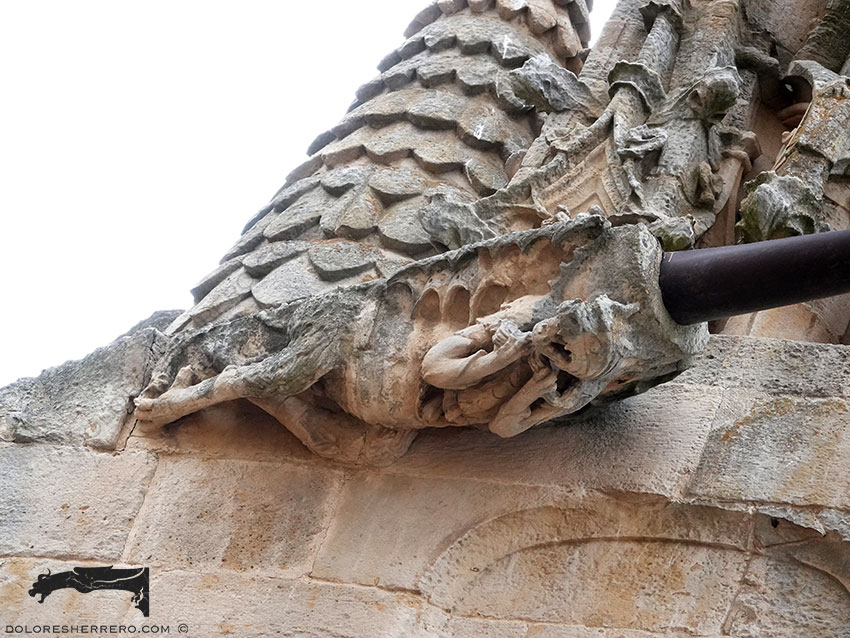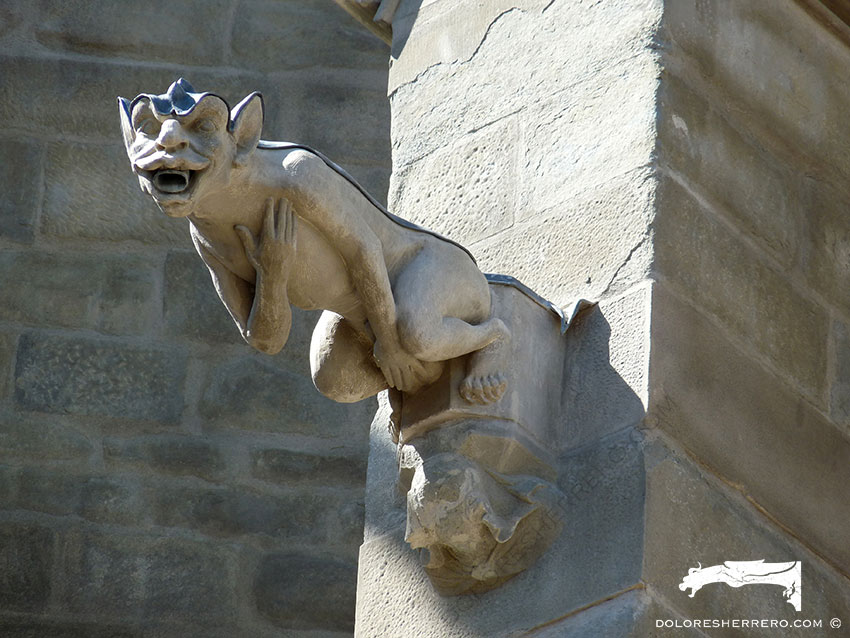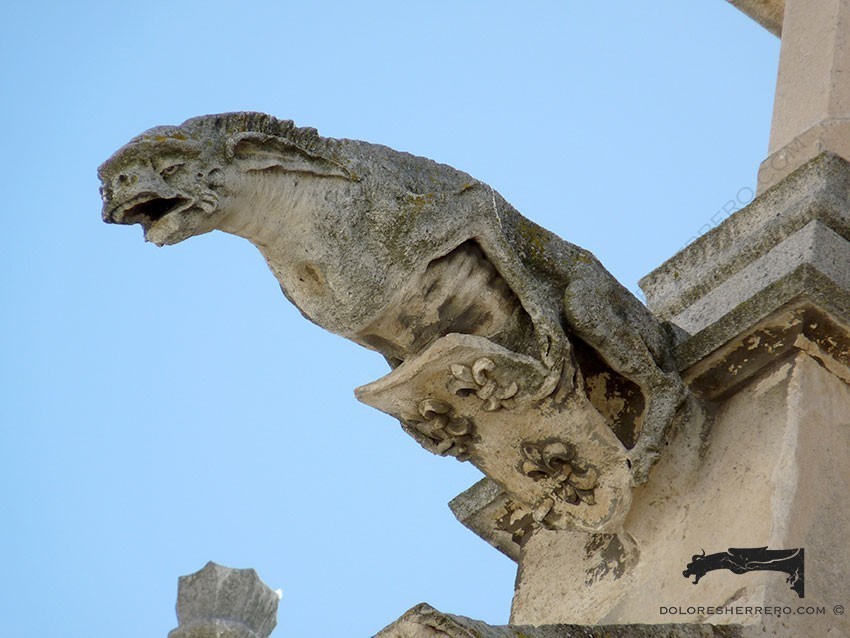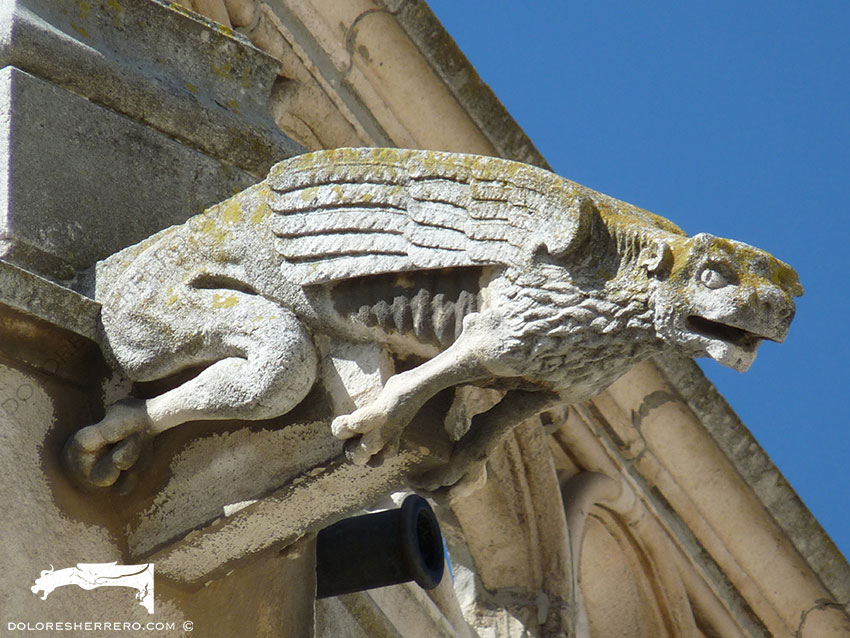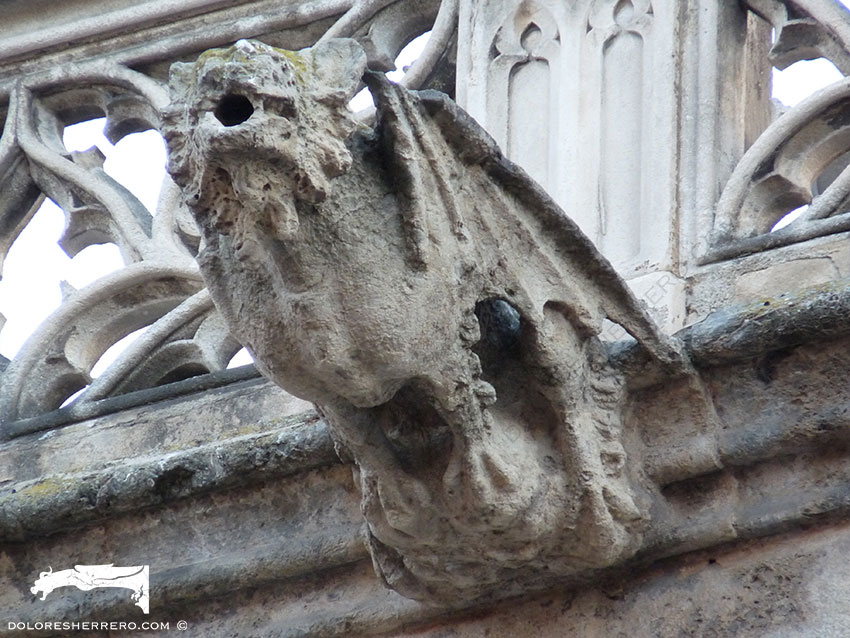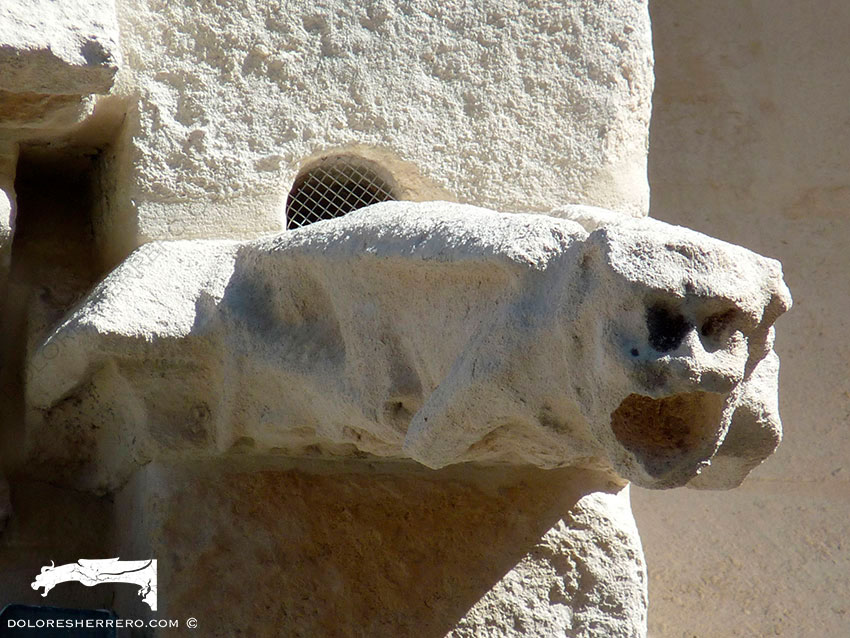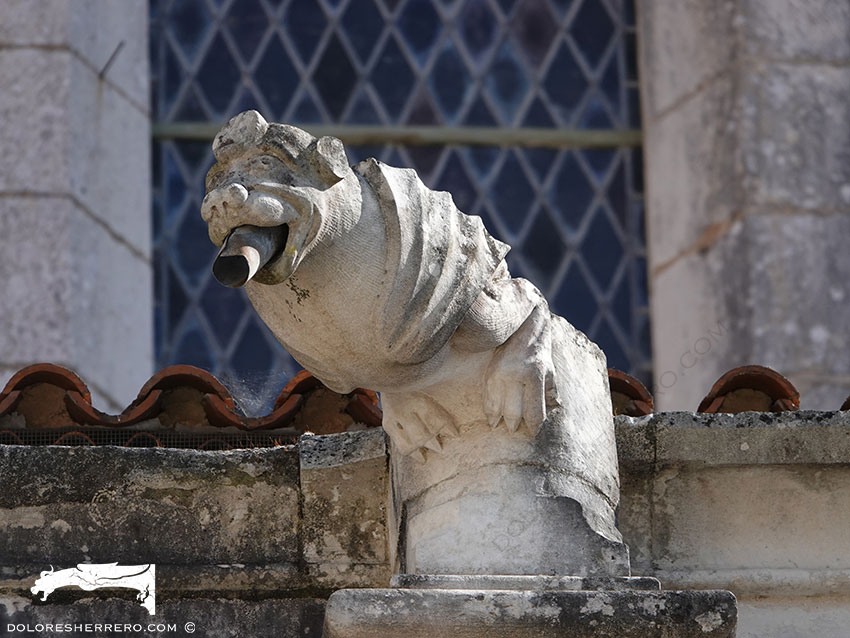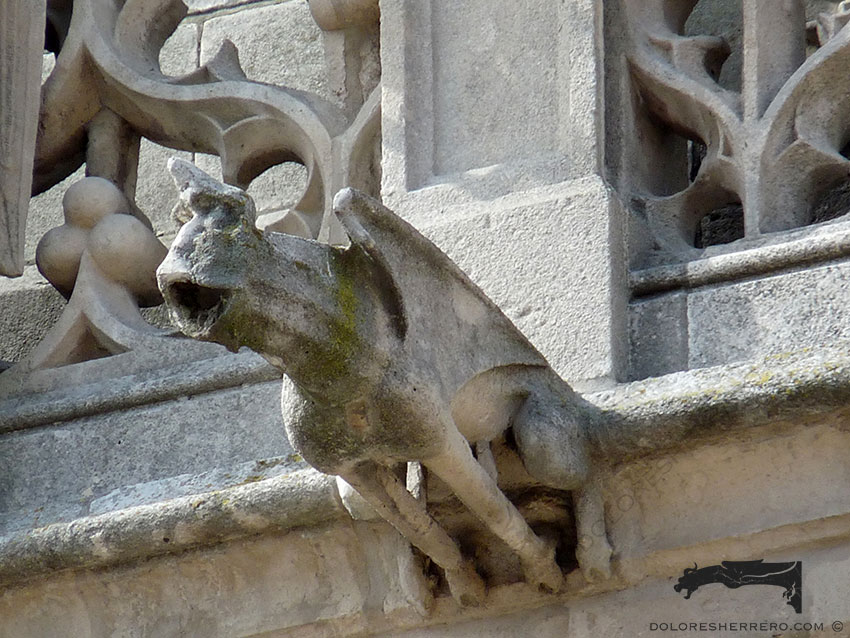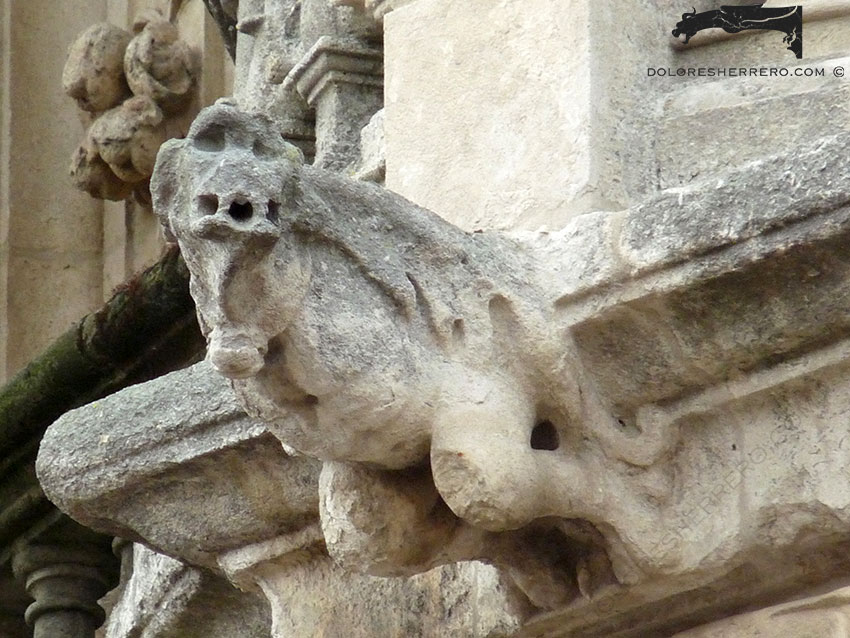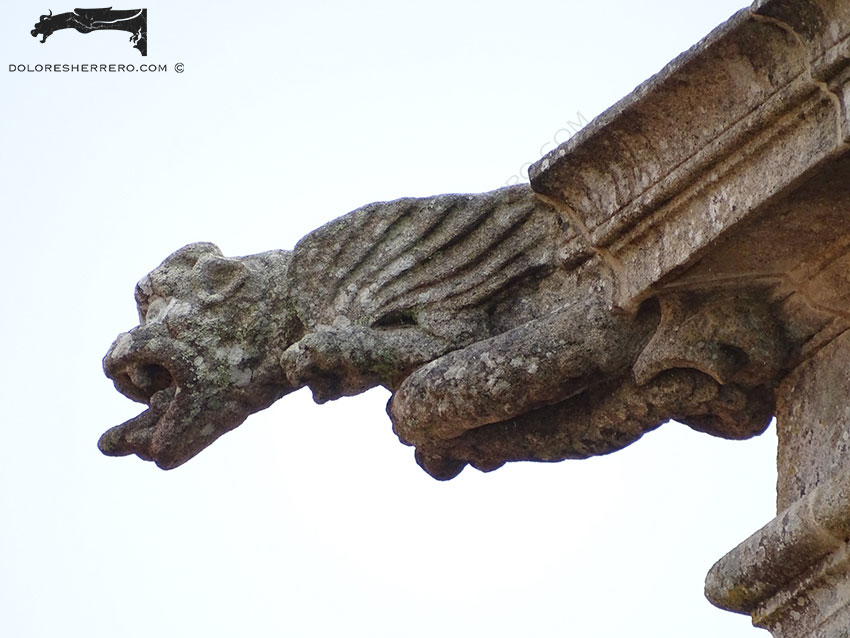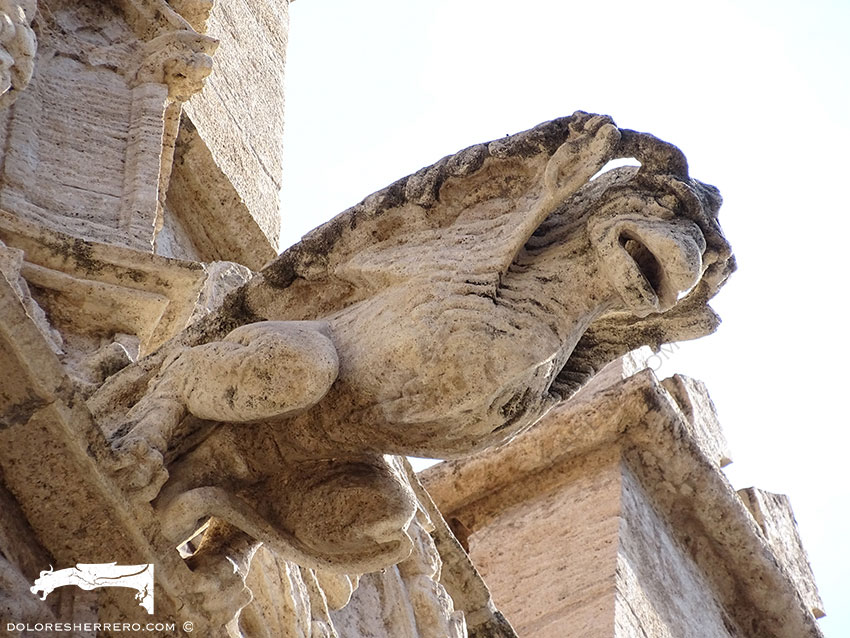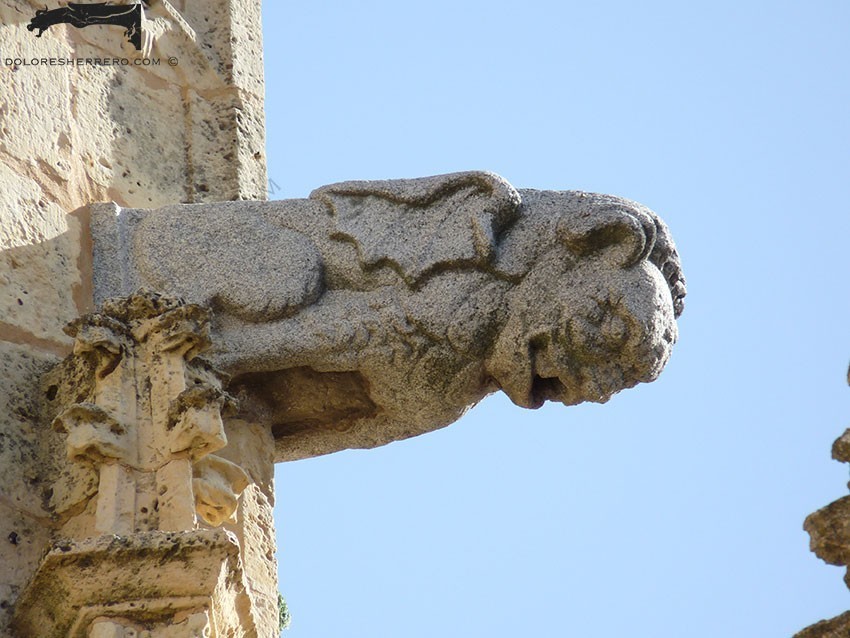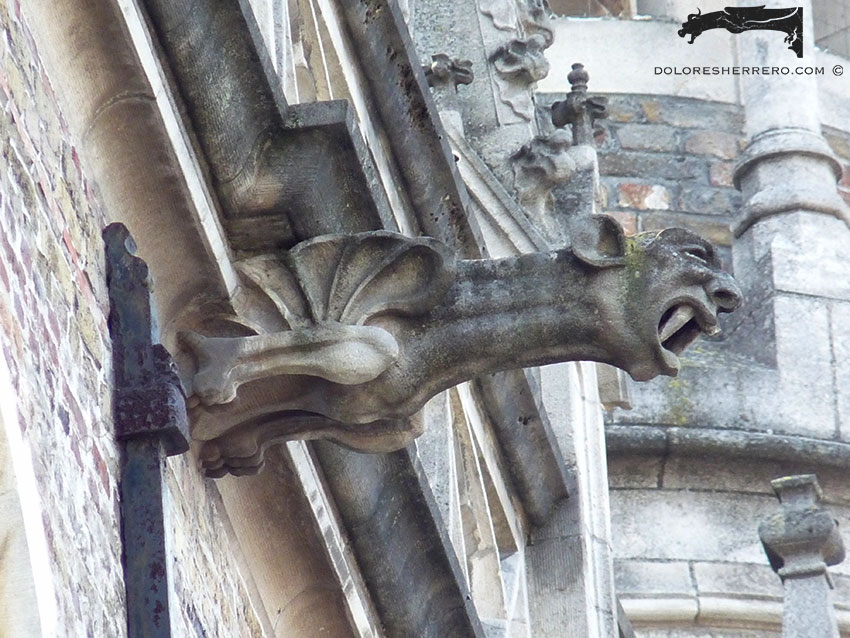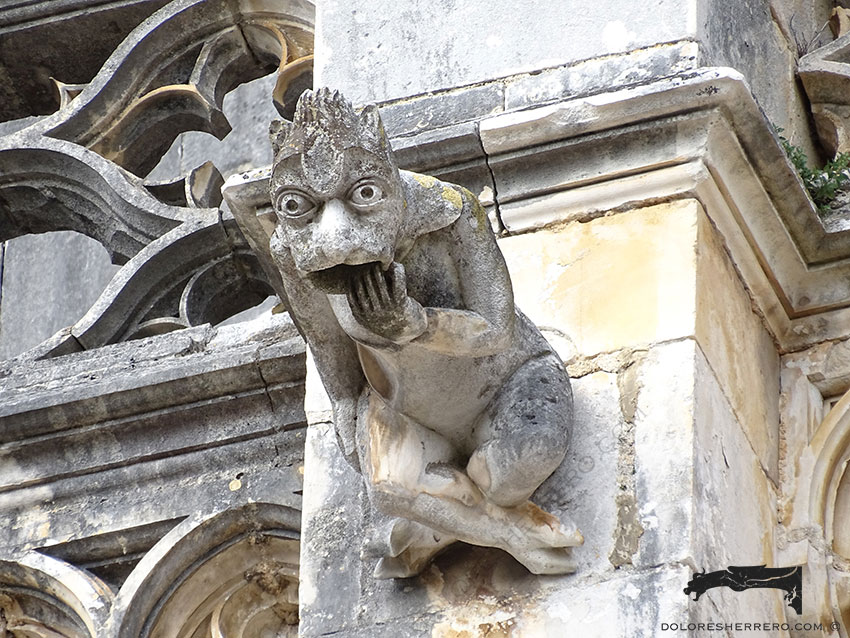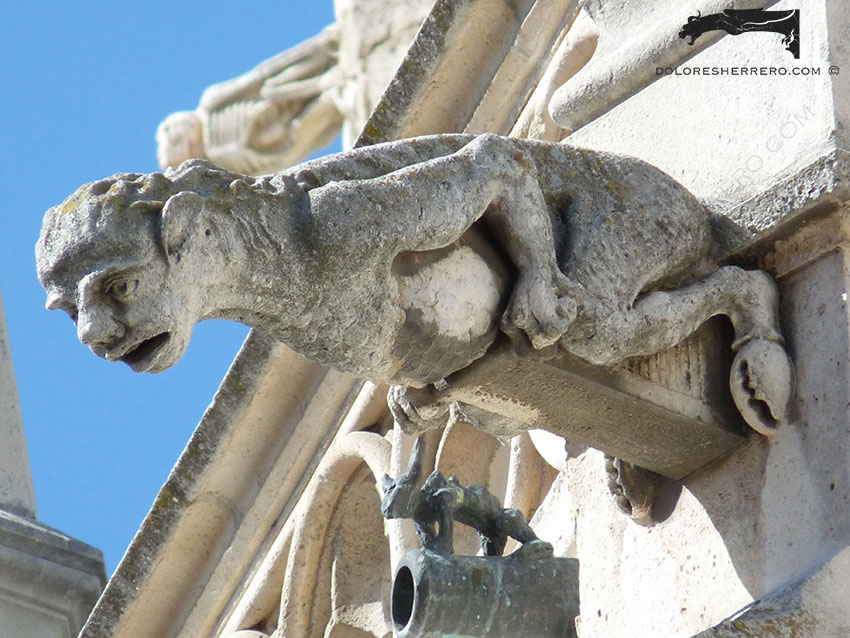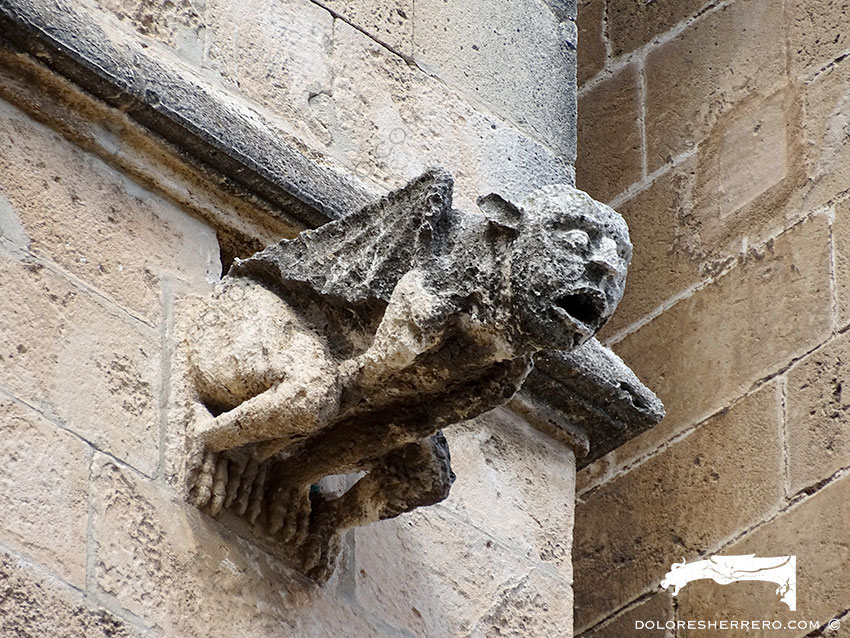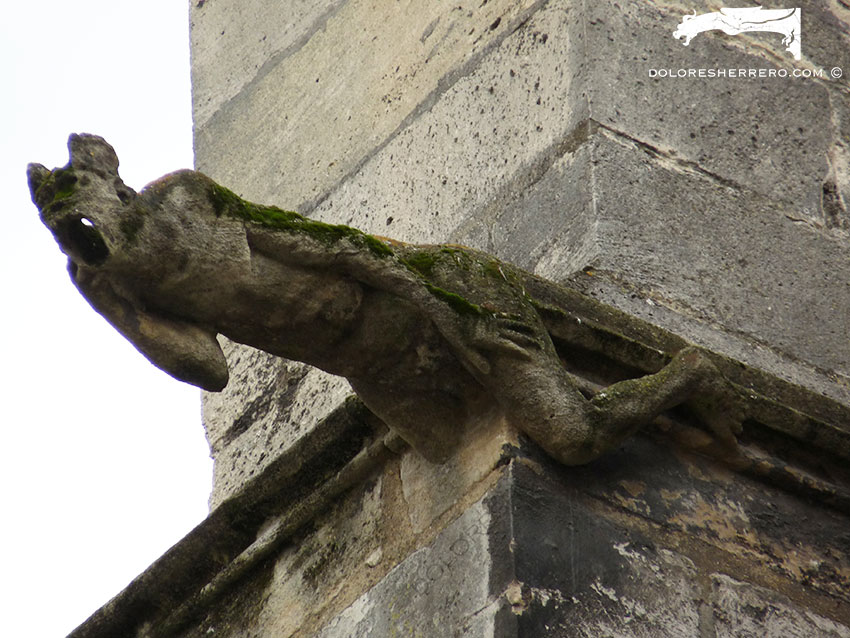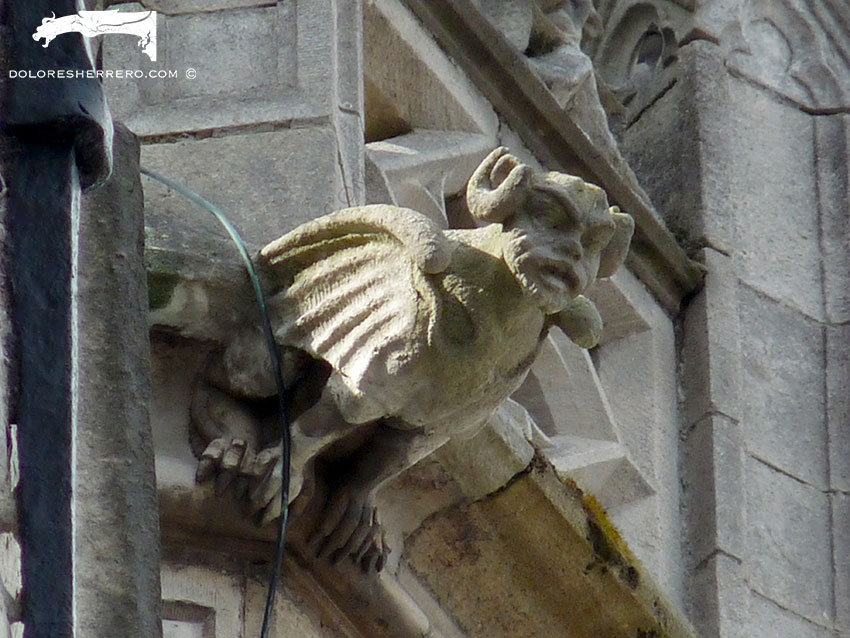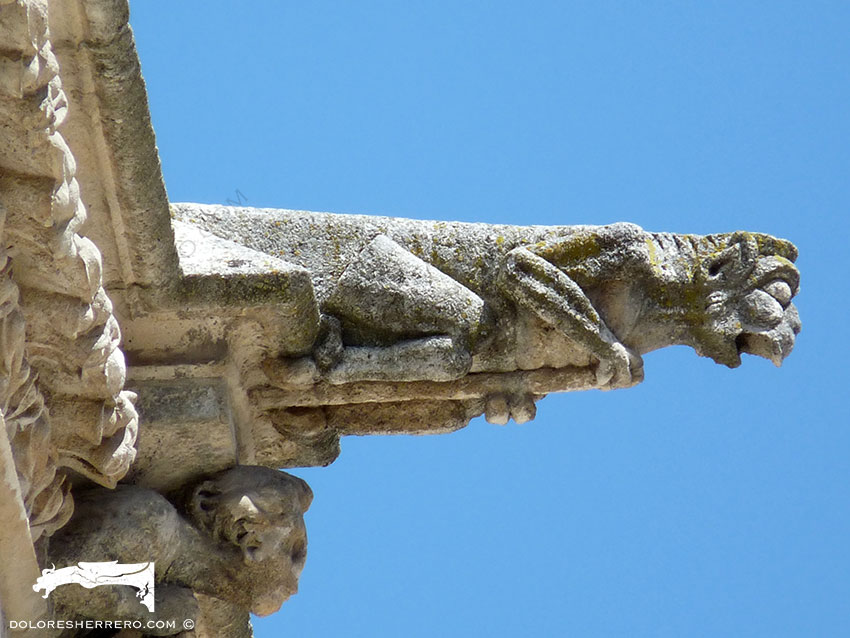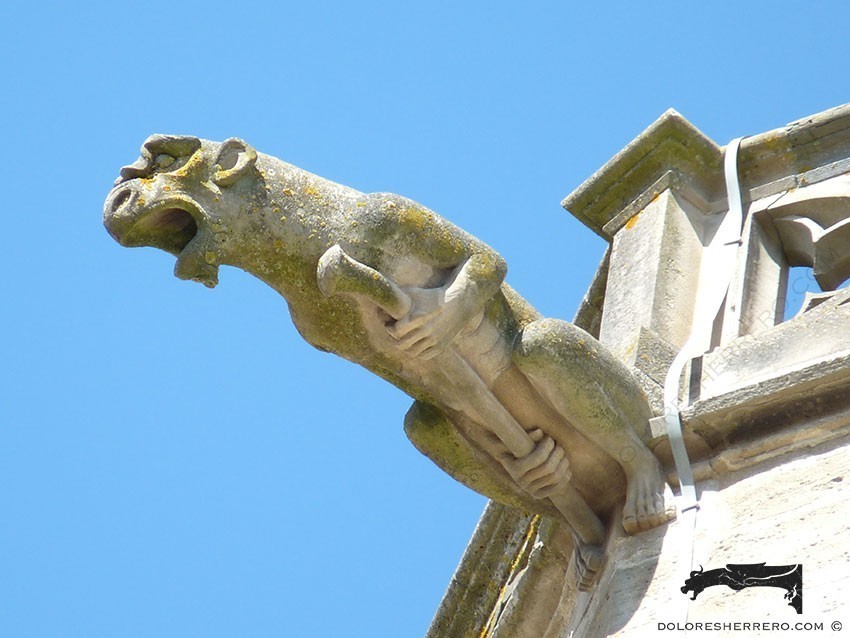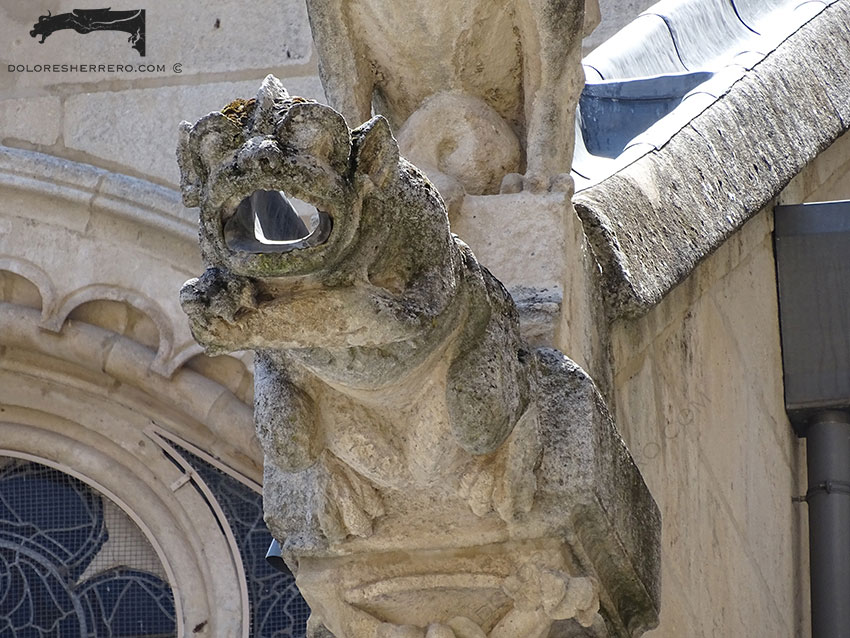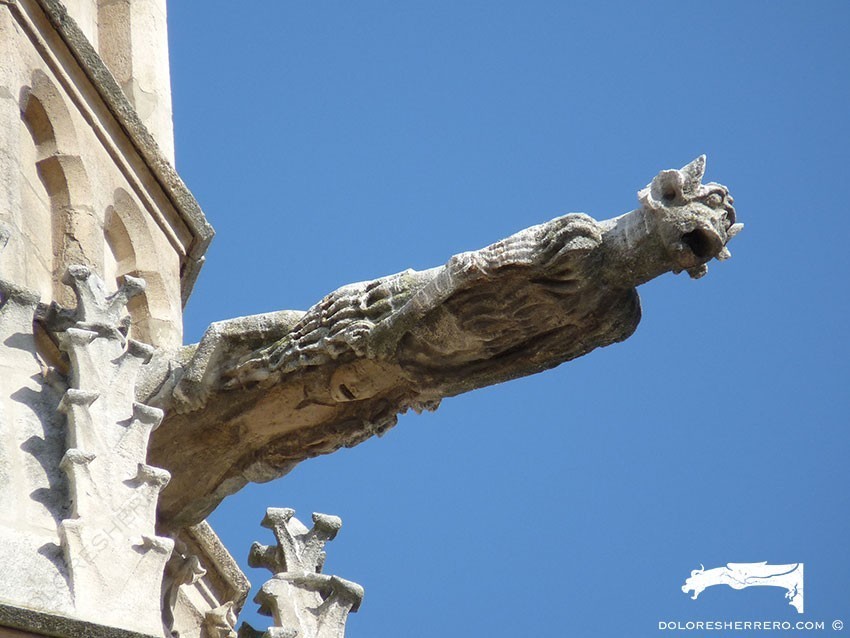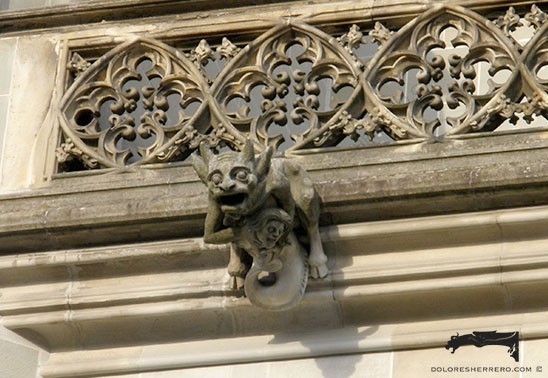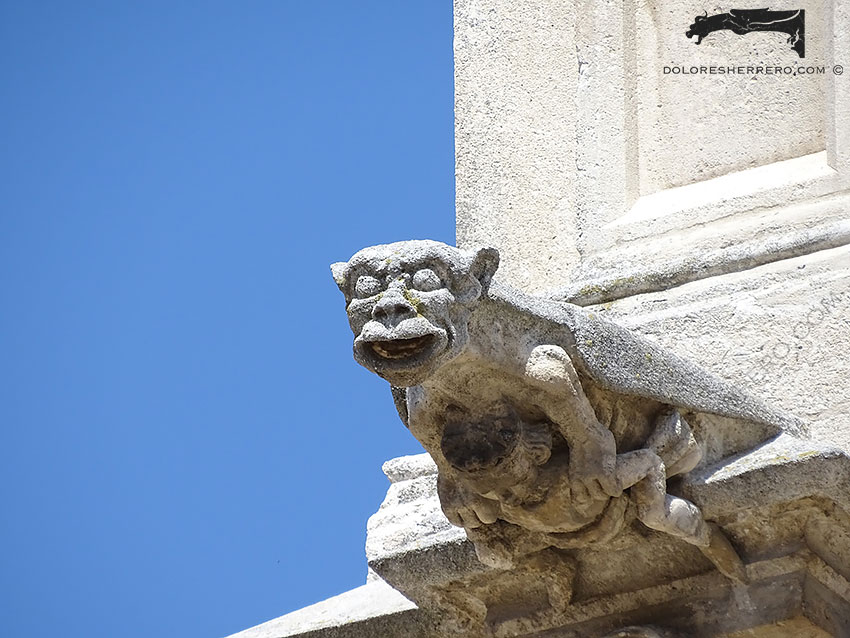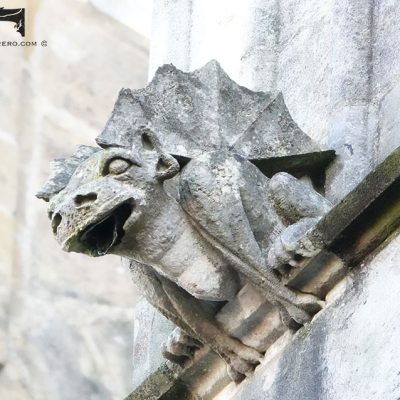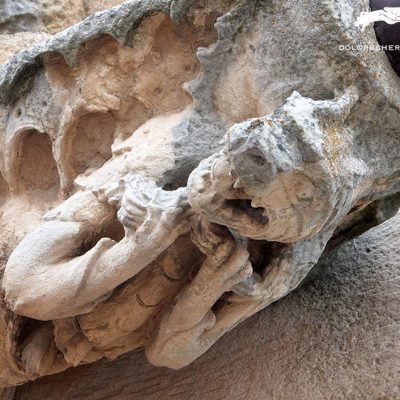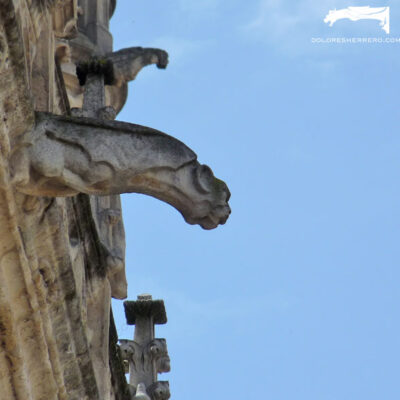This post starts the study of one of the most fascinating figures decorating gargoyles. It’s none other than the devil himself, an ever present and essential image on churches and cathedrals, and one we also see on other buildings in civil architecture.
The Devil in the Iconography of Gargoyles
We discussed the meaning of the devil when we looked at symbolism and in this first post on the iconography of the devil, we’ll be seeing some of the characteristic traits of the devil’s image, features that repeat themselves in the vast majority of gargoyles.
Formal Variety and the Symbolism of Evil
Depictions of the devil take on a number of appearances. There’s a wide variety of forms, undoubtedly due to the fact that ugliness offers artists so many more options than beauty. Rebold Benton tells us that this diversity of demonic forms might be related to the devil’s metamorphic abilities.
The He-Goat and Its Symbolic Roots
One of the most common representations of the devil is the he-goat, associated with evil, lust, and the infernal realm. Its symbolism dates back to classical antiquity, with the figures of Pan and Silenus —lustful satyrs, half man and half goat— characterized by pointed ears, a prominent phallus, a goatee, a goat’s tail, hooves, horns, and hair on the lower part of the body. All these features would later become part of the iconography of the devil.
- New Cathedral of Salamanca (Spain)
- Cáceres Cathedral (Spain)
Common Features in Demonic Representations
Apart from the devil’s familiar features like horns, tail, wings and pointed ears, gargoyles also display a number of other physical traits, including a huge deformed mouth, sometimes with enormous teeth or fangs, marked windpipes, crests, shaggy or flame-like hair, protuberances and flaps of skin, claws and pincers, cloven hooves, goatee beard and so on.
- Astorga Cathedral (Spain)
- Burgos Cathedral (Spain)
- Aachen Cathedral (Germany)
- Bordeaux Cathedral (France)
- Burgos Cathedral (Spain)
- Burgos Cathedral (Spain)
- Burgos Cathedral (Spain)
- Cahors Cathedral (France)
- Luxembourg Cathedral
- New Cathedral of Salamanca (Spain)
- New Cathedral of Salamanca (Spain)
- Cathedral of St. Michel in Carcassonne (France)
- Palencia Cathedral (Spain)
- Palencia Cathedral (Spain)
- Burghers’ Lodge in Bruges (Belgium)
- Lonja in Perpignan (France)
- Lonja in Perpignan (France)
- Burgos Cathedral (Spain)
- Lonja in Valencia (Spain)
- Alcobaça Monastery (Portugal)
- Burgos Cathedral (Spain)
- Burgos Cathedral (Spain)
- Burgos Cathedral (Spain)
- Casa de las Conchas (House of Shells) in Salamanca (Spain)
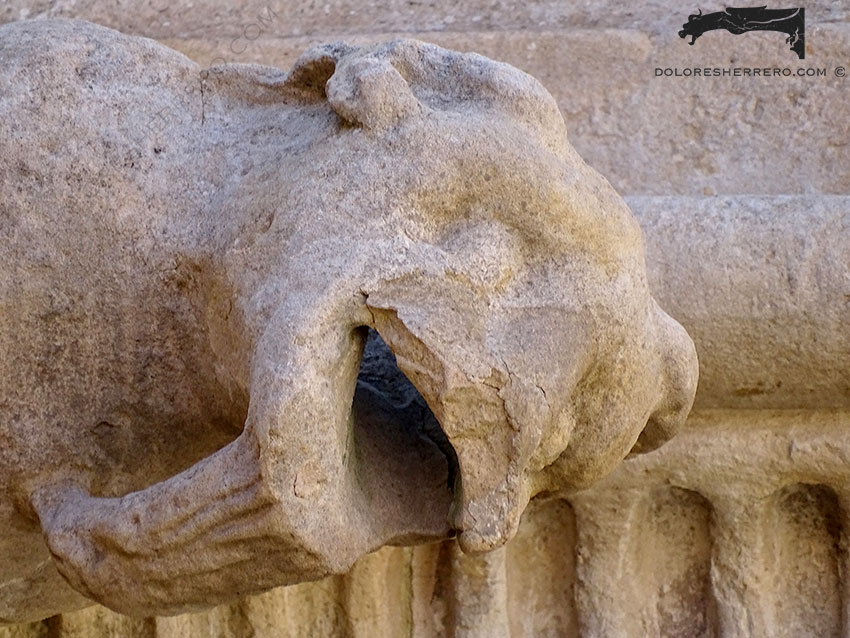
Casa de las Conchas (House of Shells) in Salamanca (Spain)
The Devil’s Wings: From Fallen Angel to Infernal Being
Of the features I’ve listed here, wings are particularly interesting; they’re associated with the devil (although he can also appear without them) as they suggest the idea of fallen angel. From the 9th to the 13th century, the devil was portrayed with feathered wings like those of angels, but darker and shorter. And around the 14th century we start to see the devil with bat’s wings, as described by Dante in his Inferno.
- Monastery of San Martín Pinario in Santiago de Compostela (Spain)
- Lonja in Valencia (Spain)
- Church of Santa María Magdalena in Olivenza (Badajoz, Spain)
- Segovia Cathedral (Spain)
- Palma de Mallorca Cathedral (Spain)
- Bruges City Hall (Belgium)
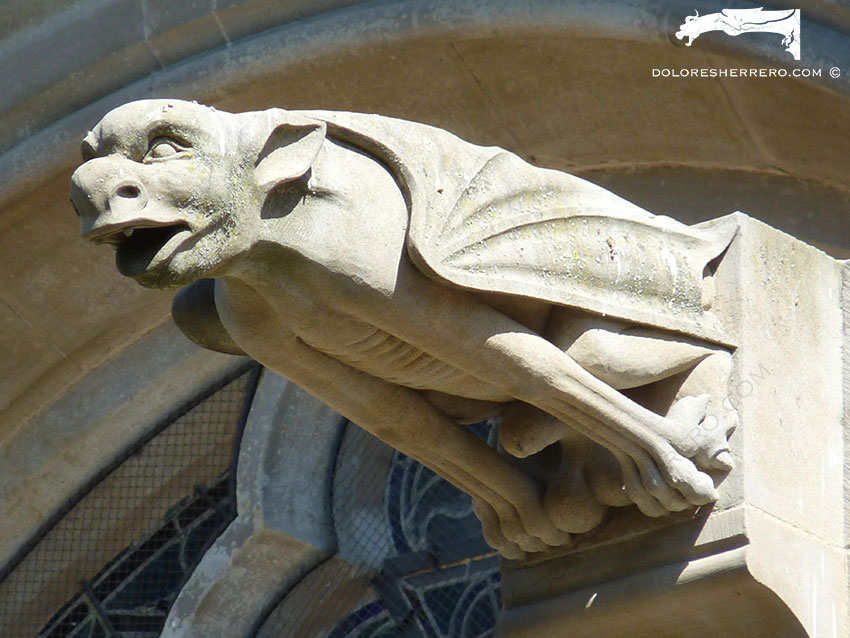
Cathedral of St. Michel in Carcassonne (France)
El demonio antropomorfo y el cabello desgreñado
Gargoyles with anthropomorphic demons are abundant, which is not surprising considering the notion of the fallen angel —often depicted with a human head or face. The variety is immense, and some gargoyles are truly striking and unsettling.
The flame-like, shaggy hair, an image of bestiality, savagery and power, can be seen already in classic art. Some authors think that these images come from the greasy, dishevelled hair of barbarians.
- Batalha Monastery (Portugal)
- Palencia Cathedral (Spain)
- New Cathedral of Salamanca (Spain)
- Palma de Mallorca Cathedral (Spain)
- Bordeaux Cathedral (France)
- Bruges City Hall (Belgium)

The Symbolic Objects of the Devil
Some gargoyles of devils carry objects too, with the most common being a stake. At first, the devil was shown holding a trident and this was later replaced by a grapnel or pitchfork, an instrument used to torture criminals and heretics. You can see some gargoyles with a kind of rod, probably referring to the grapnel used in torture chambers and with which criminals were beaten while naked in the streets. This was something that the artists had probably seen for themselves and then shown in their artworks, for example in medieval depictions of the final judgement.
- Burgos Cathedral (Spain)
- Mirepoix Cathedral (France)
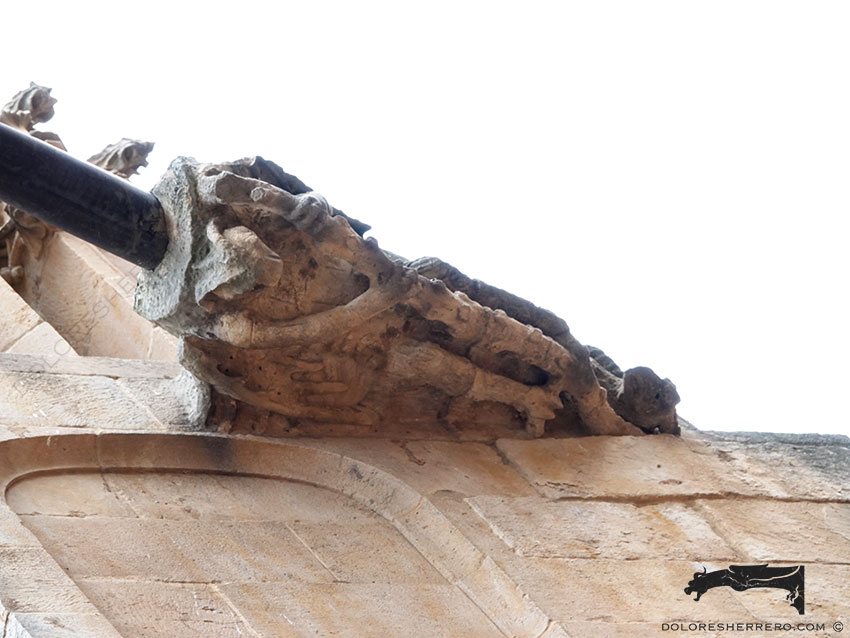
New Cathedral of Salamanca (Spain)
The Devil and the Figures that Accompany Him
Some devils are also accompanied by small evil creatures, or we might see them holding or trampling on human heads or figures – possibly sinners – often symbolising the struggle between good and evil.
- Lonja in Valencia (Spain)
- Lonja in Valencia (Spain)
- Lonja in Valencia (Spain)
- Burgos Cathedral (Spain)
- Burgos Cathedral (Spain)
- Brussels Cathedral (Belgium)
- Bern Cathedral (Switzerland)
- Burgos Cathedral (Spain)
Fantasy and Mastery in Demonic Gargoyles
The combination of forms is immense and some gargoyles have superb devils, sculpted by magnificent artists who poured all their fantasy and creative imagination into them.

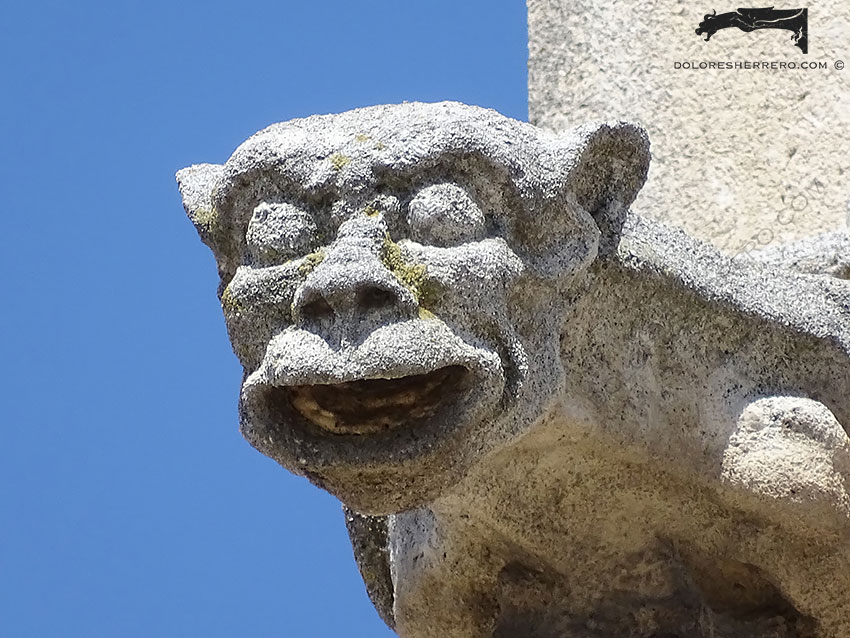
Burgos Cathedral (Spain)
Bibliography
LINK, L., El Diablo. Una máscara sin rostro, Madrid, Editorial Síntesis, S. A., 2002.
REBOLD BENTON, J., Holy Terrors. Gargoyles on medieval buildings, New York, Abbeville Press, 1997.

Doctor of Art History and researcher specializing in the study of gargoyles.
I am Dolores Herrero Ferrio, and my thesis, “An Approach to the Study of Gargoyles of Gothic Cathedrals in Castilla and León”, is dedicated to the study of these fascinating figures.
If you like gargoyles and art history, you will also enjoy my book, “The Gargoyle and Its Iconography,” a book I have written with great care for those interested in the world of gargoyles.
I have created my own Encyclopedia of Gargoyles, a Gargopedia to share with you, where you will discover all the secrets and wonders of these enigmatic sculptures.
I hope you enjoy this Gargopedia as much as I have enjoyed creating it, and remember that each gargoyle has a story to tell, and here you will discover them all.
